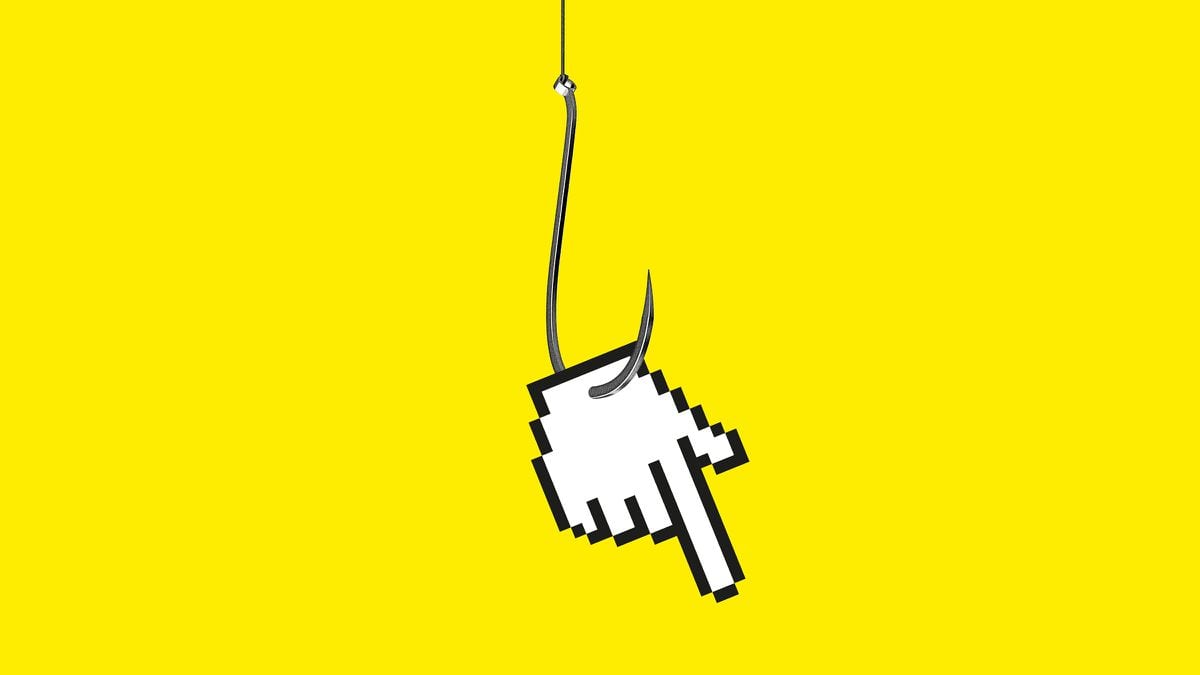Emergency in New York City: Authorities can focus the warnings precisely on specific street blocks
Photo: Maria Sanminiatelli / AP
Federal politicians are debating the introduction of a new cell phone alarm system, known as cell broadcasting.
Although it is already used in many countries, there are always misunderstandings about how the system works.
The most important information about this at a glance:
Should I be sent an SMS in the event of a disaster?
Although politicians keep using terms like »warning SMS«, there are big differences in practice.
For example, the disaster alarms in cell broadcasting can be significantly longer than a normal text message and also reach the recipient when idle mode is activated.
The most important difference to the SMS that we know from our everyday life: The emergency text messages are not individual communication, but rather comparable to a radio signal that is sent to all devices in the reception area at the same time.
Practical consequence: While the cellular networks repeatedly give way to the onslaught of millions of SMS at midnight on New Year's Eve, cell broadcasting causes almost no data load.
The difference between SMS and the warning system is sometimes not known even to experts.
The then head of the Federal Office for Civil Protection, Christoph Unger, confused the two technologies in an interview with SPIEGEL in 2020, thus justifying the rejection of cell broadcasting.
How does civil protection know that I am in danger?
In order for mobile communications to work, mobile phones must be registered with the provider's radio cells. This is the only way an incoming phone call or text message can be forwarded to the correct radio cell and thus to the correct recipient. Over time, network-based localization became more and more precise: on the one hand, more and more radio masts are being built, on the other hand, the new 5G antennas also register the direction and distance in which cell phones are located. This is the only way to deliver the high data speeds promised by the new generation of mobile communications.
The accuracy of the alarm depends entirely on the mobile technology on site.
In cities like New York City, citizens can be warned in certain street blocks.
In rural areas the accuracy is much lower.
Location via GPS is not used in cell broadcasting, as the devices would first have to send back data.
Do I need a new app for emergency messaging?
No.
Cell broadcasting has been deeply anchored in the standards of cellular communications for almost three decades.
That means: In principle, you don't even need a smartphone to receive the emergency messages, a non-smart mobile phone is enough.
As things stand at present, the already established warning apps such as NINA, Katwarn and Warnwetter should not be abolished, but supplemented.
They can also display information if there is no longer a cellular connection, but a device can access the Internet in other ways.
Is data protection preventing the introduction of the new alarm system?
Politicians repeatedly cite data protection to justify why cell broadcasting was not introduced in Germany, but that is wrong.
The Netherlands and Great Britain have also introduced the system, although the General Data Protection Regulation also applies in these countries.
The Federal Data Protection Commissioner has now made it clear several times that there are no fundamental objections to the system under data protection law, since - as described above - it is a one-way communication in which no information about citizens is collected.
If the new system were to be introduced by federal law, the data protection officers would have to check the system again in detail.
When could the system be introduced?
The current President of the Federal Office for Civil Protection and Disaster Relief, Armin Schuster, announced a feasibility study on Tuesday to examine whether and how cell broadcasting can be introduced in Germany. Results should be available in autumn. After that, the federal government and parliament would have to create the legal basis and specialist authorities set the precise technical specifications. Only then can the mobile phone providers activate the function in their networks. Implementation this year is therefore unlikely.














